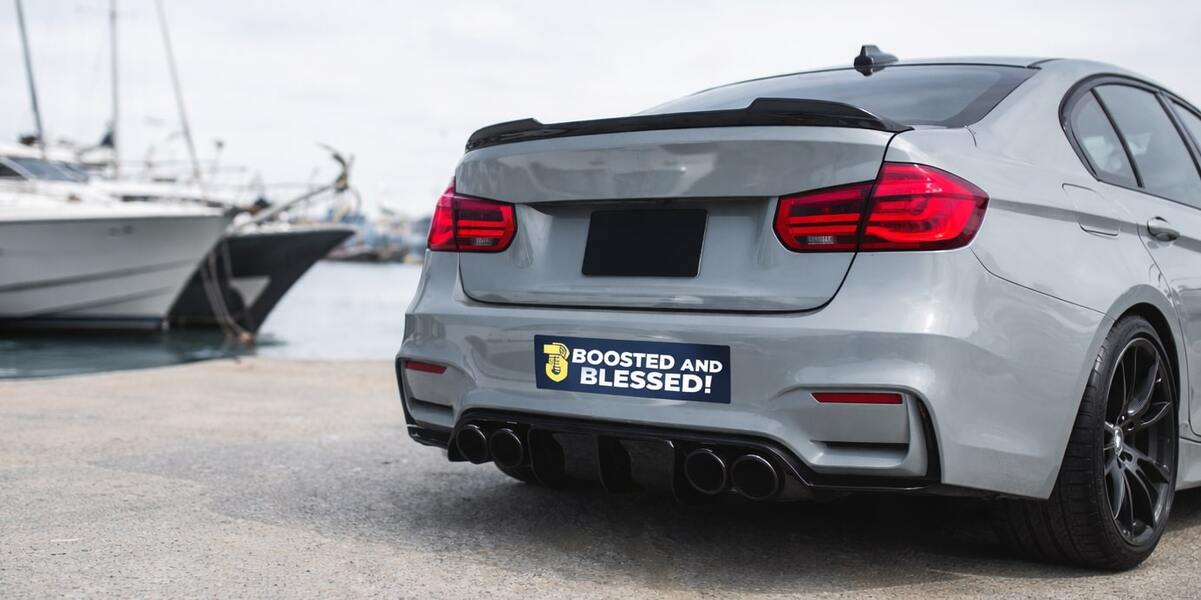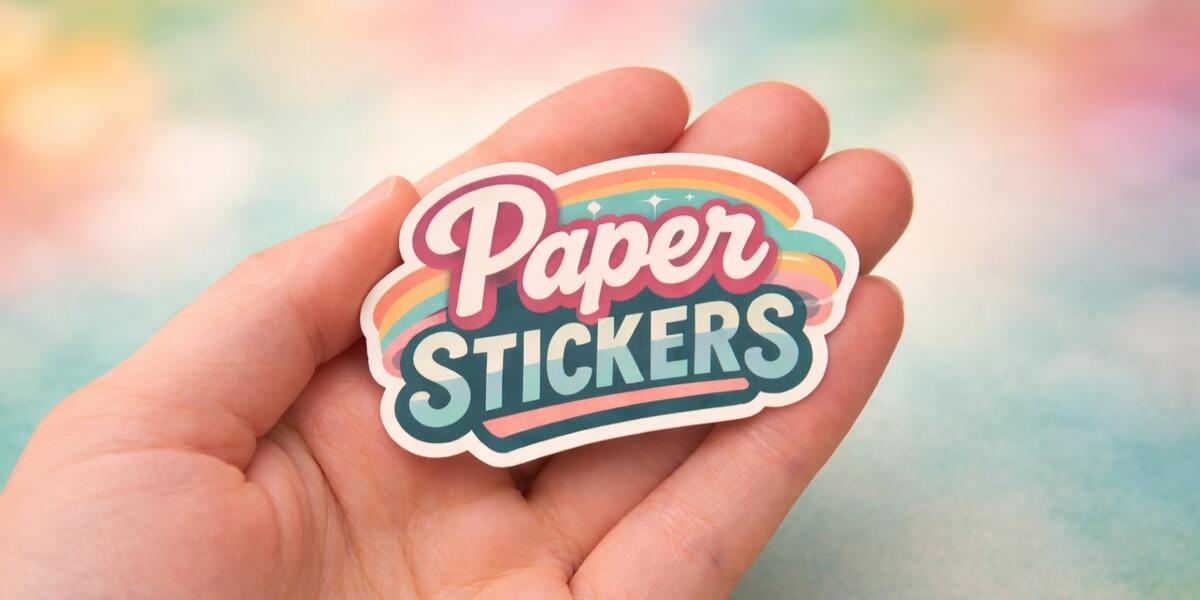
Blog
Easy Press vs Heat Press for DTF Transfers: Which One Works Better?
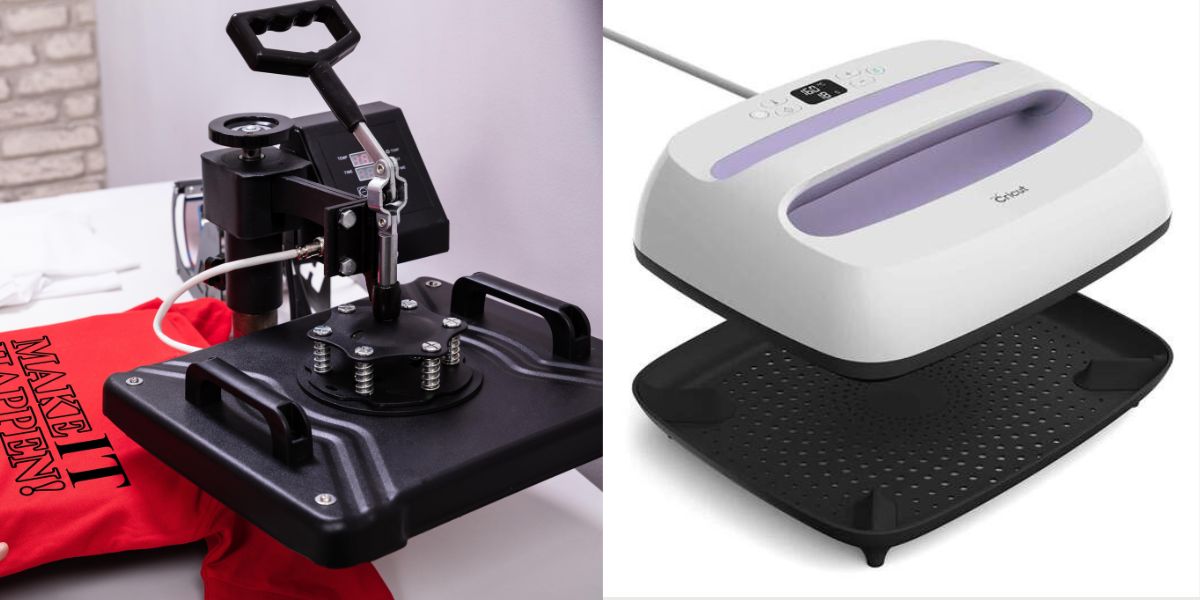
In our previous blog, we’ve gained a good sense of using household irons and using a heat press for applying DTF transfers. But Cricut easy press vs heat press? These two options are both suitable for small business owners and crafters — but which one is the better choice when it comes to heat pressing DTF transfers?
In this blog, we’ll take a look at easy press vs heat press comparison and learn how each one performs in real-life use. Knowing the strengths and limitations of these tools will help you choose the right fit for your DTF production needs.
Overview of Cricut EasyPress
When comparing easy press vs heat press for DTF transfers, it’s important to know what the Cricut EasyPress is and how it works.
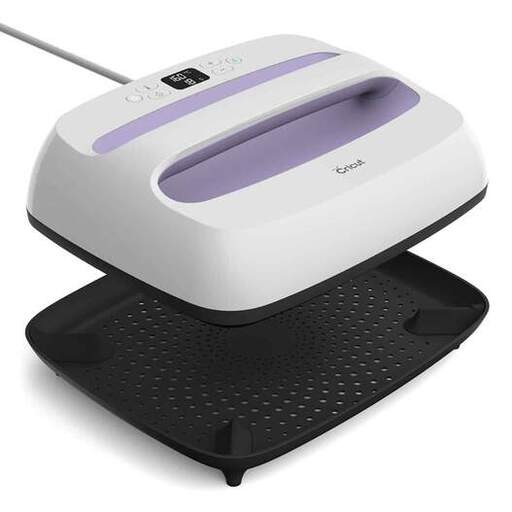
Cricut EasyPress is a portable heat press. It is a lightweight, handheld machine with a flat heated plate and an adjustable temperature setting.
- EasyPress is very compact, designed mostly for personal use.
- Its temperature range goes from 150°F to 400°F
- It’s various in sizes like 6”x7”, 9”x9”, and 12”x10”
Cricut EasyPress offers some advantages:
- Portable and lightweight, easy to store and move around.
- Beginner-friendly with simple controls and fast heating.
- Quick to set up, no complicated steps needed.
On the other hand, it comes with a few limitations you should consider:
- Smaller platen sizes limit the heat-pressing area.
- Some older models may not have built-in timers, requiring manual time tracking.
So, when it comes to Easy Press vs heat press, the Cricut EasyPress more likely suits light, personal use.
Overview of Heat Press Machine
Now that you’ve seen what the EasyPress can do, let’s talk about a bigger, more powerful machine — Heat Press.
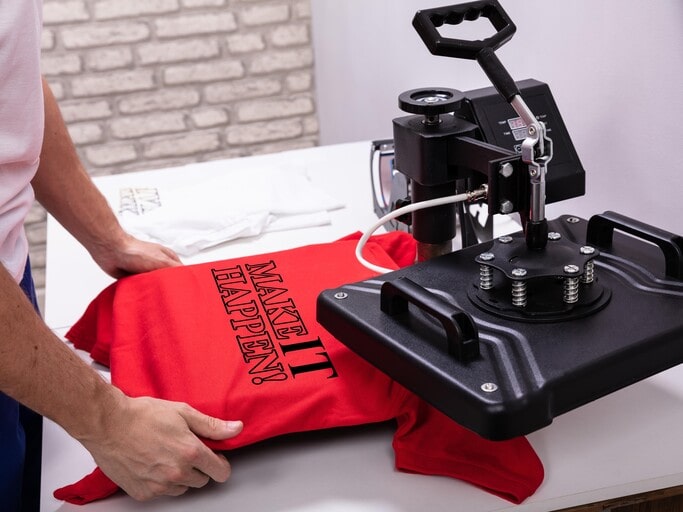
A heat press is a professional-grade machine built to apply heat and pressure evenly across a surface. Unlike handheld options, it features a fixed heated platen (usually 15×15 inches, 16×20 inches, or even larger) paired with a sturdy lower base to hold your transfer and garment securely in place.
What makes heat presses stand out is their ability to:
- Adjust pressure precisely, ensuring even contact across the entire design.
- Set and maintain accurate temperatures for consistent, reliable curing.
- Handle everything from small single prints to gang sheets with multiple designs.
Heat press comes with a few disadvantages:
- You’ll need to make space for it, because heat presses are typically bulkier than portable options.
- The higher upfront cost might feel like a stretch if you’re just testing the waters with DTF transfers.
Thus, if you’re comparing easy press vs heat press, a proper heat press will always deliver more consistent pressure and professional results — especially for larger or commercial projects.
DTF-Specific Considerations
When it comes to applying DTF printing, choosing between easy press vs heat press depends on how the machine meets the technical needs of your DTF transfer.
Here’s what you need in a tool that help you applying DTF transfers smoothly:
1. High, consistent heat
DTF transfers require steady, high temperatures for the adhesive powder to melt properly. The proper temperatures are about 300–320°F. If your press can’t maintain this heat range evenly, the adhesive layer may not melt and stick to the fabric surface. This can lead to peeling or dull DTF results after a few washes.
2. Reliable medium-high pressure
Consistent pressure ensures the melted adhesive bonds evenly across the entire design. This point is where smaller presses failed because of their small platters. Between easy press vs heat press, a traditional heat press usually delivers better control over pressure settings.
3. Accurate timing and temperature stability
Proper heat pressing time affects how well your transfer sticks and holds up over time. Having a reliable timer and stable temperature keeps your prints consistent and prevents over-curing or under-curing issues.
4. A larger platen for gang sheets and oversized prints
If you plan to transfer multiple transfers on one go or apply large designs, a bigger platen makes a huge difference. It reduces shifting, saves time, and ensures even heat as well as pressures all over the DTF transfers’ surface, leading to better applying results.
These 4 factors will help you decide which press truly meets your DTF needs.
Heat Press vs Cricut EasyPress: Comparison
Easy Press vs Heat press – which one fits your setup better? This comparison should help you clear things up.
| Feature | Cricut EasyPress | Traditional Heat Press |
| Platen size | Limited | Wide range of sizes |
| Pressure output | Lower (may require manual hand pressure) | High, adjustable |
| Temperature range | Up to 400°F | 400°F+ |
| Ease of use | Simple, beginner-friendly | Manual settings, more control |
| Portability | High | Low (stationary equipment) |
| Cost | Affordable | Generally higher upfront |
When to Choose Cricut EasyPress
Both Cricut easy press and heat press can be used for applying DTF transfers. So, choosing easy press vs heat press really depends on how and where you plan to use it.
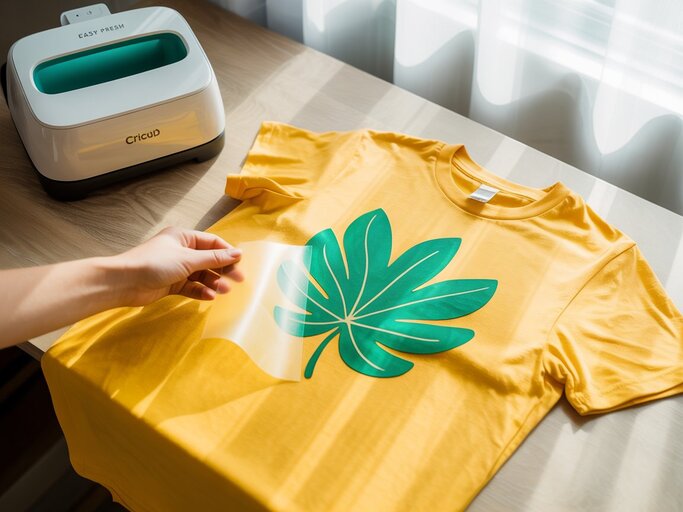
The EasyPress is simple, flexible, and easy to pack up. This machine is handy for certain situations:
- You’re handling small, one-off projects like single t-shirts, patches, or tote bags.
- Your space is tight and there’s no room for a full-size heat press at home.
- You press DTF designs occasionally as a hobby, not as a daily business.
- Most of your DTF designs are small, typically under 9×9 inches.
- You need something portable for craft fairs, market stalls, or pop-up events.
In the easy press vs heat press debate, the Cricut EasyPress is the better choice for those who are working with casual, low-volume, and on-the-go DTF transfers.
When to Choose Heat Press
While both options – easy press and heat press, can be used for DTF transfers heat pressing, you definitely need a heat press in these cases:
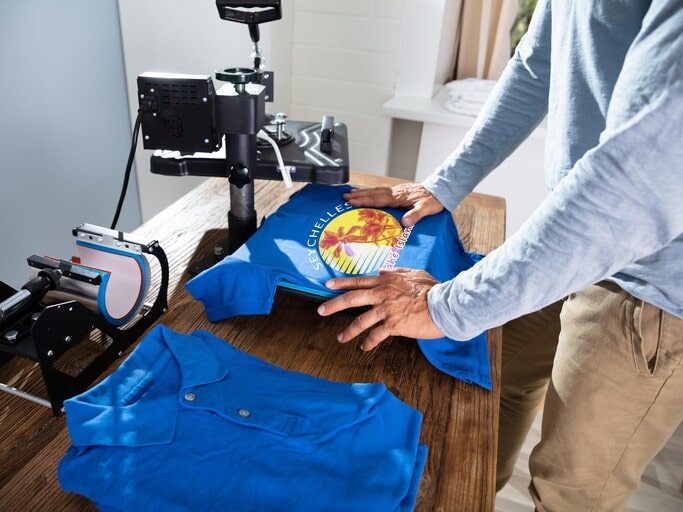
- You need consistent, professional-quality DTF transfers every time.
- You’re working with tricky fabrics — polyester, thick hoodies, or textured materials.
- Your designs are large or you plan to apply various pieces at once because speed matters.
- Precise pressure control and time/temp accuracy are non-negotiable for your projects.
- You’re scaling up your small business and need equipment to match growing demand.
Between easy press vs heat press, this machine is the reliable workhorse built for serious production or when your workload piles up.
Last words
Making the right decisions about easy press vs heat press can affect how smooth your DTF transfer application is. After learning about how each tool fits this process, you now know which one to invest in.
If you’d like to dive deeper into more DTF transfer tips, transfer techniques, or production guides, let’s go to our blog page. We’ve got plenty of suggestions as well as instructions to help you get the best out of every project.

